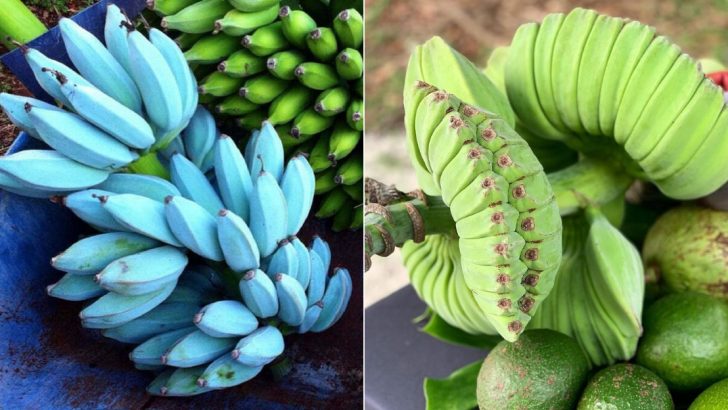Bananas aren’t just yellow curved fruits that come in bunches at the grocery store.
Around the world, there are actually hundreds of varieties with different tastes, colors, and uses! From tiny finger-sized fruits to massive cooking varieties, the banana family is way more exciting than most people realize.
Ready to go bananas for these amazing varieties you’ve probably never heard of?
1. The Blue Java Banana
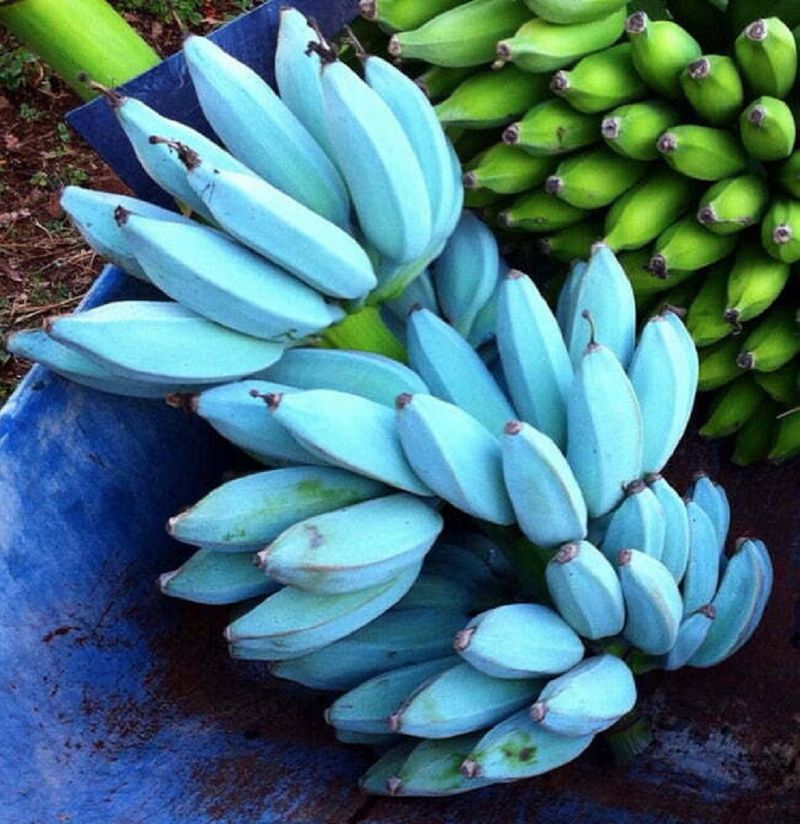
Ever tasted ice cream straight from a peel? Blue Java bananas have a creamy, vanilla custard flavor that’s eerily similar to ice cream. Their striking blue-silver skin turns pale yellow when fully ripe.
Grown throughout Southeast Asia, these frosty-looking fruits handle cold weather better than most banana varieties. Grab one if you’re craving dessert but trying to make healthier choices!
2. Red Dacca Banana
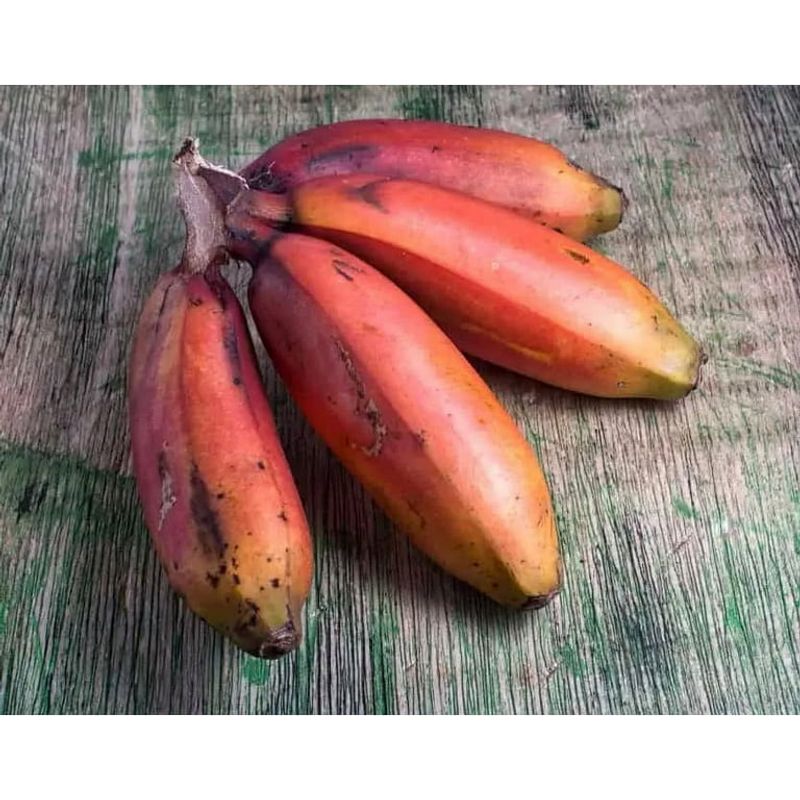
Shocking crimson peels make these bananas look like they’re blushing! Red Daccas (also called Red Cuban bananas) offer a raspberry-like sweetness that regular yellow bananas can only dream about.
Though smaller than supermarket varieties, what they lack in size they make up for in rich, complex flavor. Fantastic in smoothies where their ruby color creates Instagram-worthy drinks without artificial dyes!
3. Praying Hands Banana

What if bananas grew fused together like hands in prayer? That’s exactly what this bizarre variety does! Instead of growing in separate fingers, these bananas develop in connected pairs that resemble praying hands.
Beneath their strange appearance lies a sweet, apple-like taste. Farmers must hand-pollinate these quirky fruits, making them rare treasures for adventurous eaters. Share photos of these conversation-starters at your next gathering!
4. Dwarf Cavendish Banana
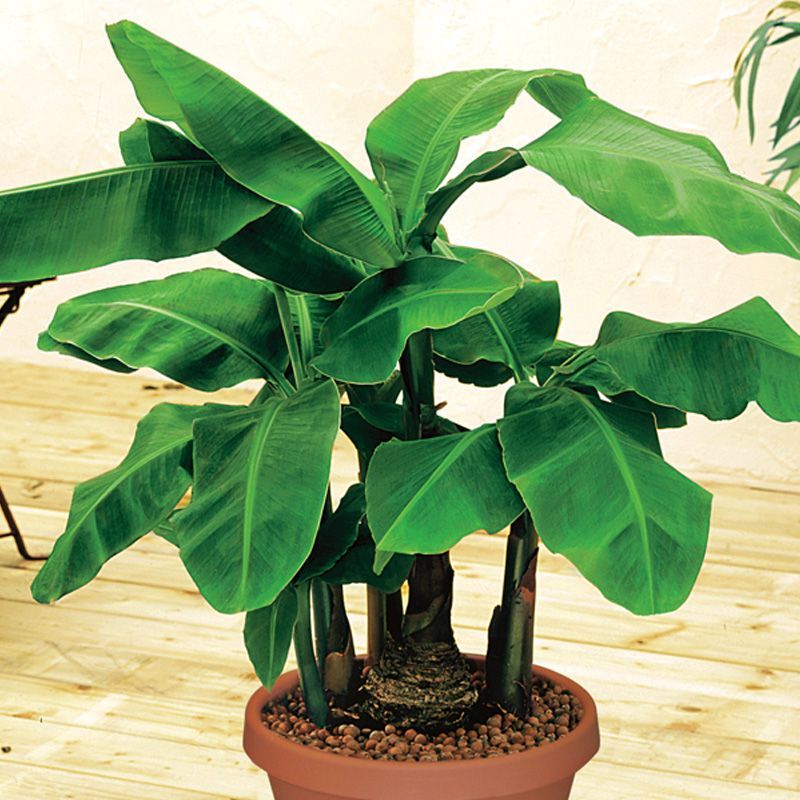
Small spaces? No problem! These compact banana plants reach just 6-8 feet tall yet produce full-sized fruits. Apartment dwellers rejoice – you can grow these tropical treasures on balconies or in bright indoor corners.
Remarkably resilient to disease, Dwarf Cavendish produces sweet, classic-tasting bananas year-round in warm climates. Their shorter stature also makes harvesting a breeze – no ladder required!
5. Plantains (Cooking Bananas)
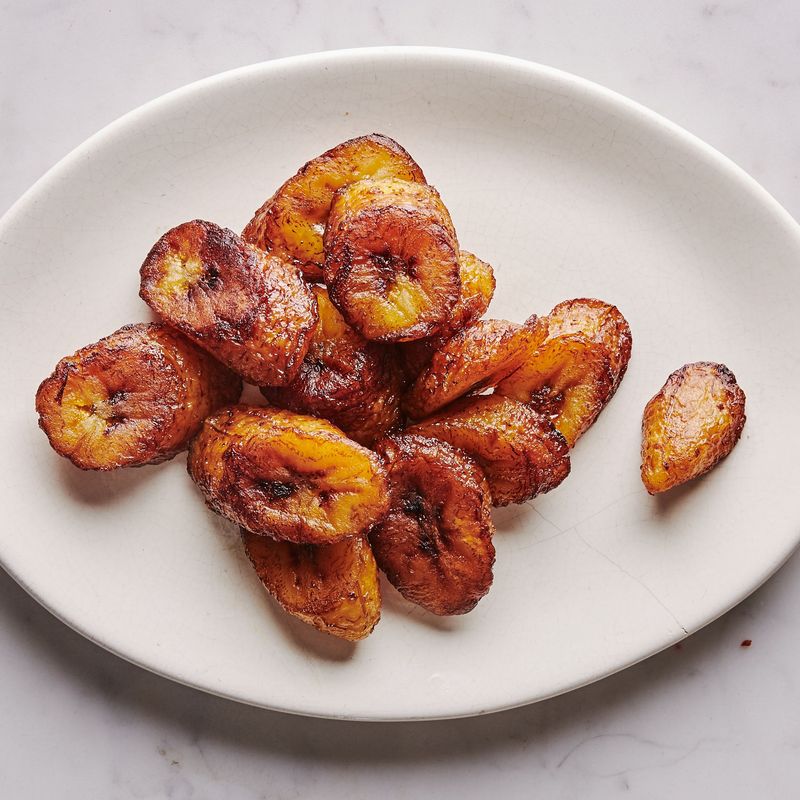
Don’t bite into these raw – you’ll regret it! Plantains look like bananas on steroids but contain much less sugar and much more starch. These kitchen staples need cooking to transform their firm flesh into delicious side dishes.
Sliced and fried until golden, they make addictive chips that put potato versions to shame. In Caribbean and Latin American cuisines, plantains appear in everything from breakfast to dessert. Try them tonight!
6. Manzano Banana (Apple Banana)
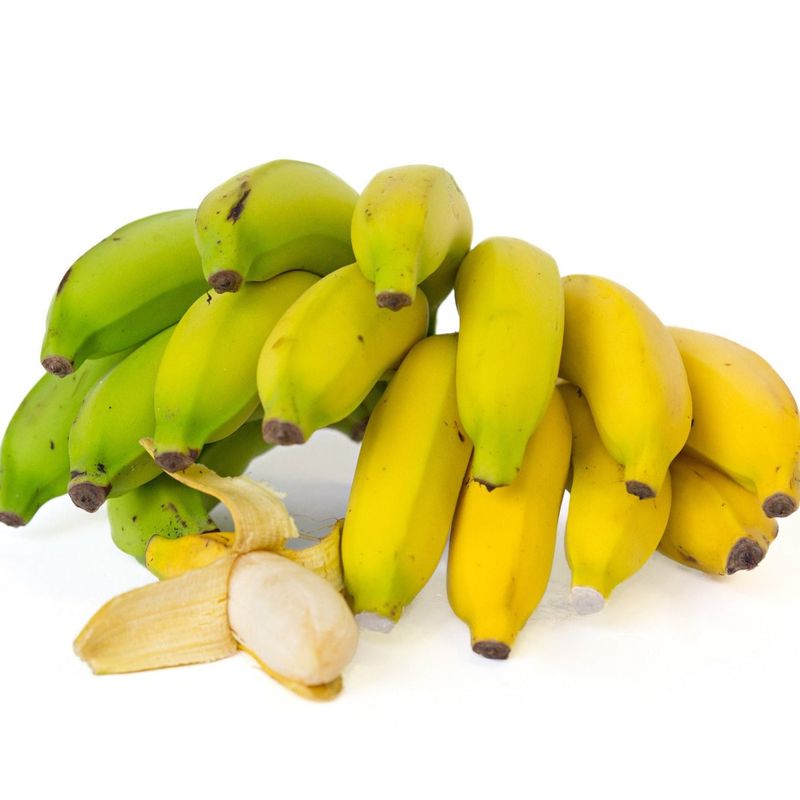
Half banana, half apple? Every taste of these squat little fruits is an identity dilemma! Manzanos will make your taste senses jump for joy with their unexpected apple-strawberry flavor.
Significantly smaller than standard bananas, these portable snacks fit perfectly in lunchboxes. Though their thick skins bruise easily, they’re worth the extra care. When blackened spots appear, they’re at peak sweetness – don’t toss them thinking they’re spoiled!
7. Goldfinger Banana
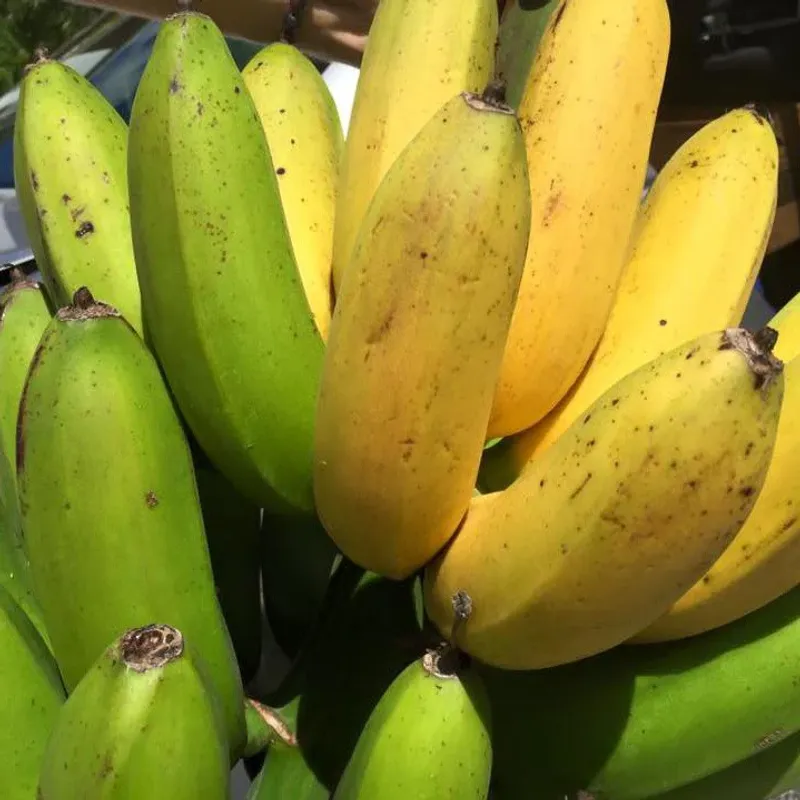
James Bond would approve of this super-banana! Developed to resist devastating Panama disease, Goldfingers represent banana engineering at its finest. Their unusually angular shape and apple-like crispness set them apart from mushy supermarket varieties.
Remarkably drought-tolerant, these eco-friendly fruits need less water than typical bananas. Health enthusiasts love their higher vitamin content and substantial fiber that keeps hunger at bay longer than standard varieties. Try growing these resilient plants yourself!
8. Gros Michel Banana
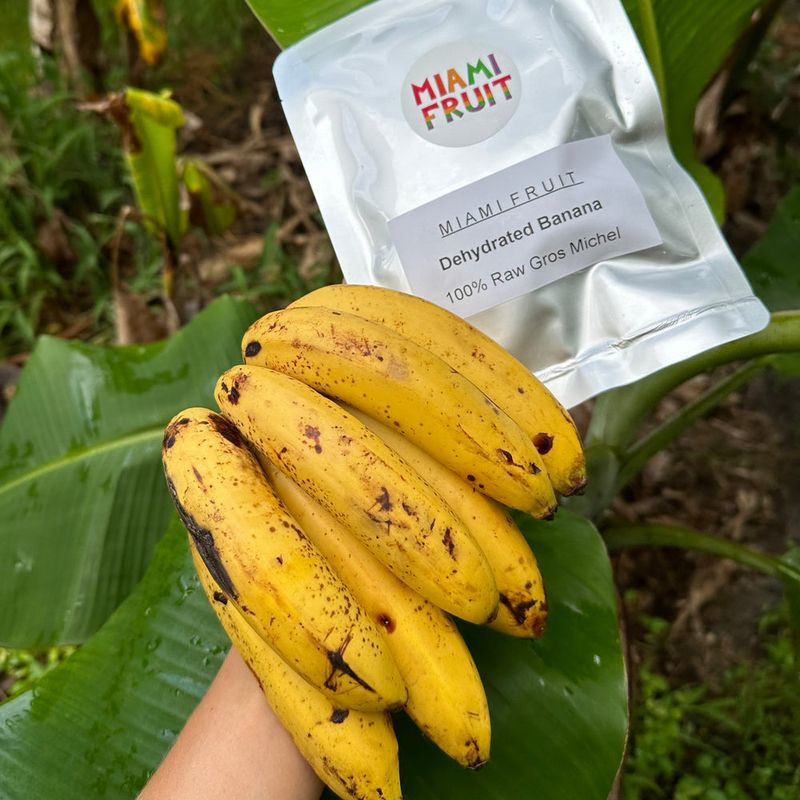
Taste banana history! Once America’s favorite banana until the 1950s, Gros Michel was nearly wiped out by Panama disease. Believe it or not, artificial banana flavoring was modeled after this variety, not today’s Cavendish!
Sweeter and creamier than modern bananas, surviving Gros Michel plants are treasured by collectors. Finding these rare fruits might require befriending specialty growers or visiting tropical countries where small populations still exist. Worth the hunt!
9. Fe’i Bananas
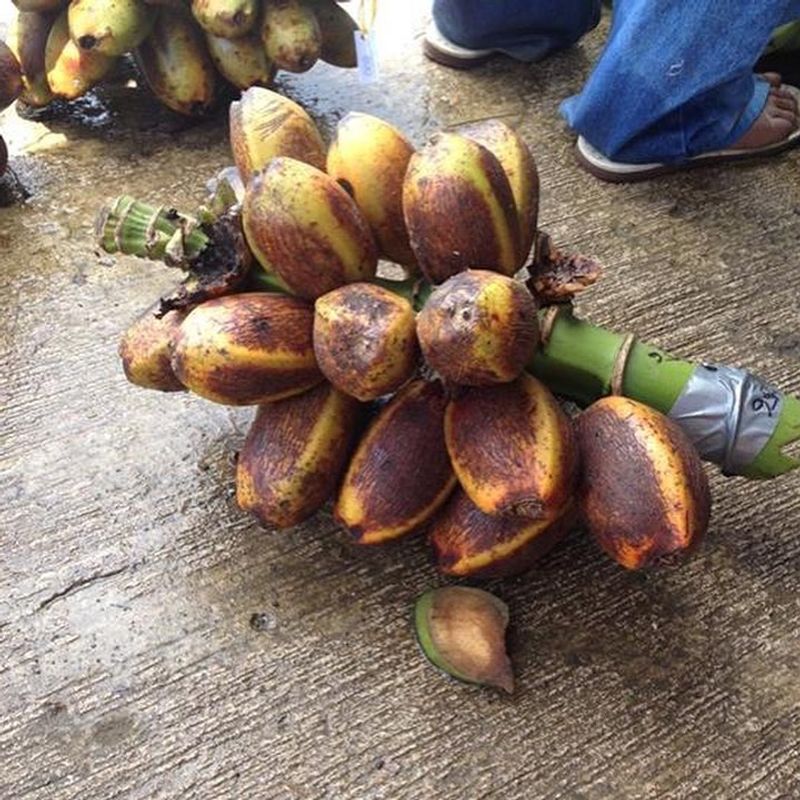
Whoa – orange bananas exist? Fe’i bananas from the Pacific Islands sport a shocking sunset-orange flesh that looks Photoshopped but is completely natural! Their upright growing pattern (pointing skyward instead of hanging down) seems to defy banana gravity.
Loaded with beta-carotene, these nutritional powerhouses stain hands and clothes when peeled. Traditionally cooked in earth ovens, they’re rarely found outside their native islands. Adventurous travelers should add tasting these to their bucket lists!
10. Lady Finger Banana (Sugar Banana)
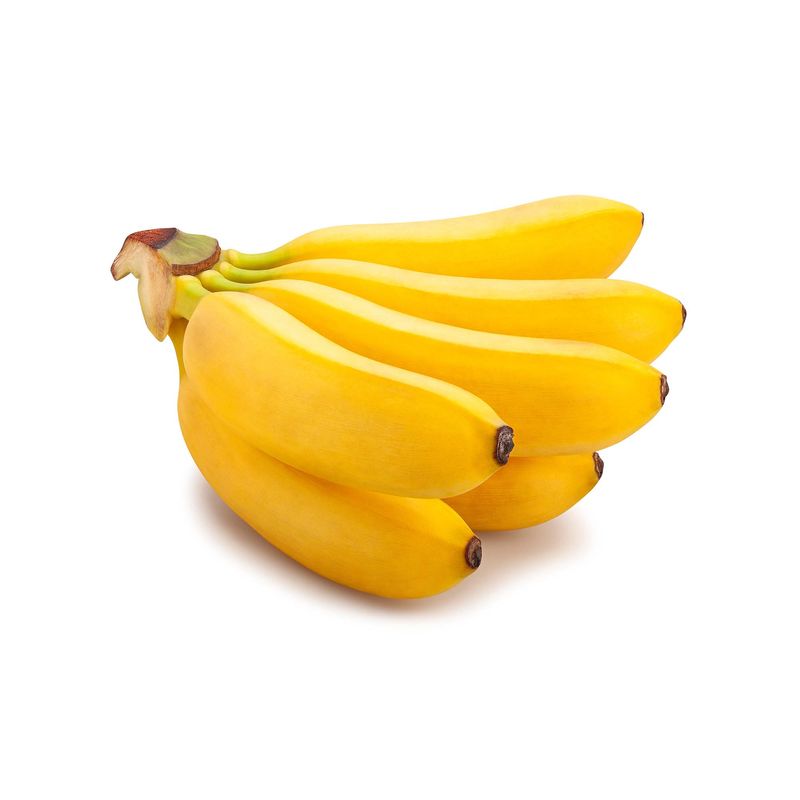
Tiny but mighty, these finger-sized fruits pack more sweetness into each bite than their larger cousins! Lady Fingers contain higher sugar concentrations, making them nature’s candy.
Perfect for children’s lunchboxes or controlling portions, these petite bananas won’t leave you with half-eaten fruit turning brown. Their thin skins make peeling a breeze – no more struggling with stubborn stems! Freeze them for bite-sized smoothie additions or instant ice cream alternatives.
11. Nanjangud Rasabale
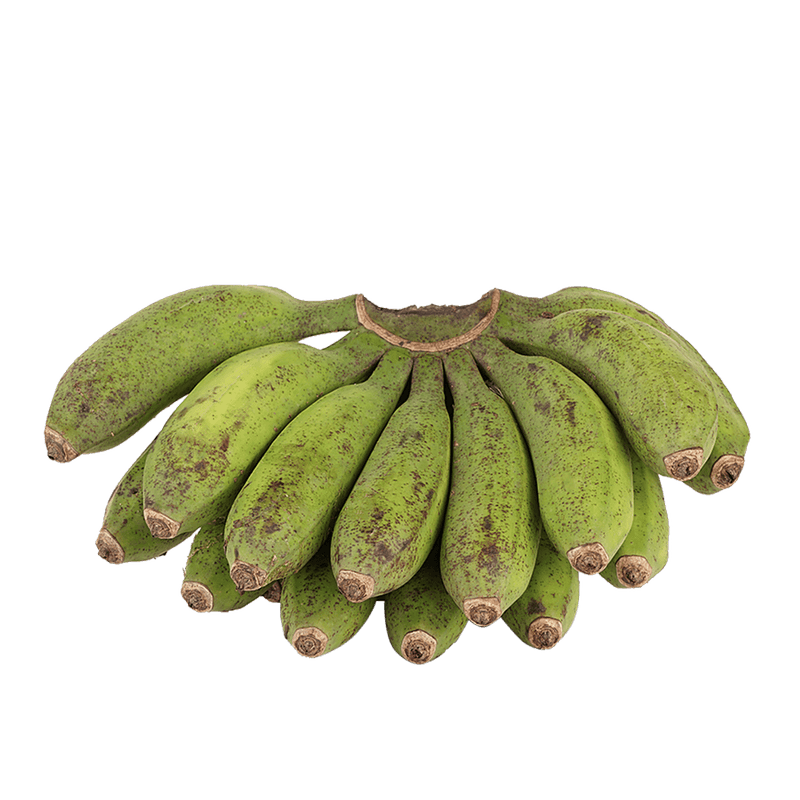
Holy bananas! Like Parmesan cheese or Champagne, this Karnataka, India-grown kind is a GI (Geographical Indication). Temples serve these fragrant fruits, which have religious significance and are grown under certain soil conditions.
Distinctively stubby with thin skins, they deliver a fragrance that fills rooms before you even peel them. Limited production makes them precious commodities. Fans claim their medicinal properties help with digestive issues – ancient wisdom meets modern fruit!
12. Rhino Horn Banana
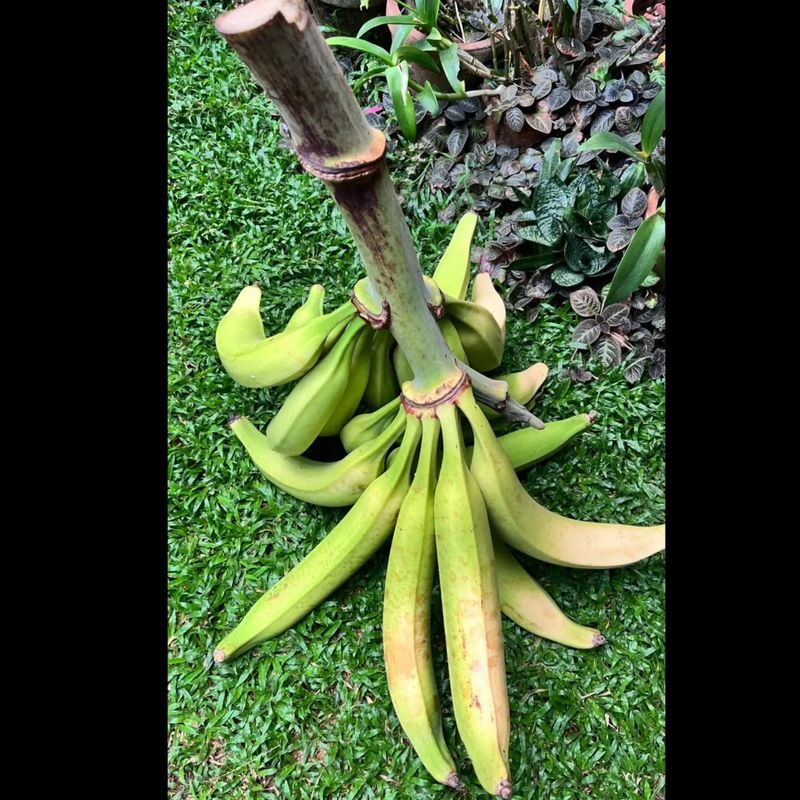
Monster bananas exist! Growing up to 2 feet long, these giant curved fruits resemble their namesake animal’s horn. Just one can feed an entire family for breakfast!
Despite their intimidating size, Rhino Horns offer delicately sweet flesh with hints of vanilla. Farmers must support the heavy fruits with props to prevent stalks from breaking. These conversation pieces make spectacular centerpieces before being devoured at gatherings. Tag your social media photos with #BananaGoals!
13. Pink Banana (Musa velutina)
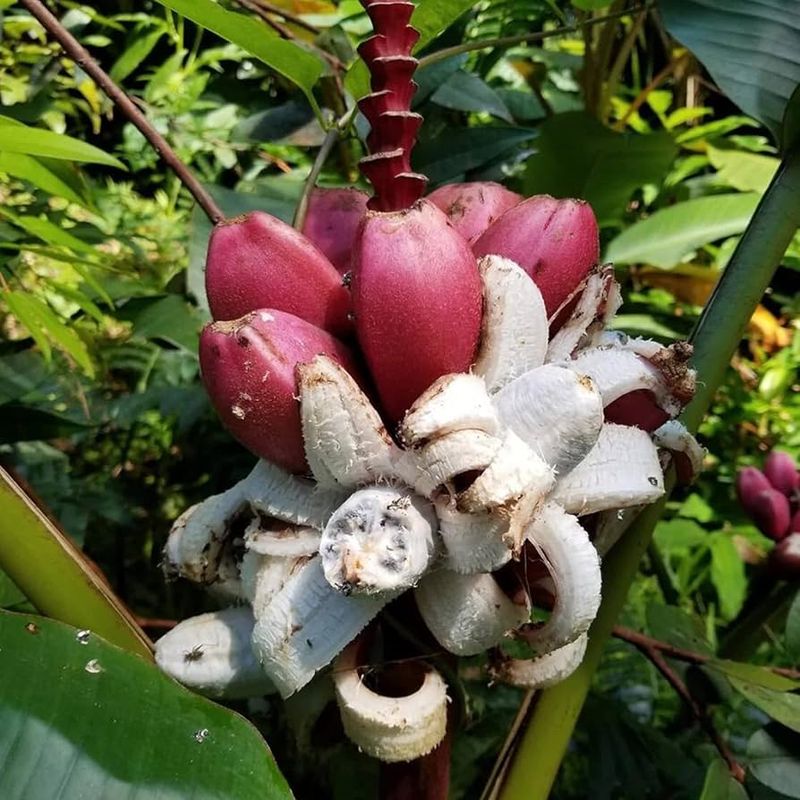
Mother Nature’s candy-colored surprise! Fuzzy, hot-pink peels that resemble cartoon characters grow on these wild decorative bananas. Although they are technically edible, eating them is difficult due to their many seeds; their main purpose is to look beautiful.
The compact plants reach just 4-5 feet tall, making them perfect for decorative gardens in warm climates. When fruits split open naturally, they reveal bright white flesh against shocking pink skin. Garden visitors won’t believe their eyes!
14. Mysore Banana
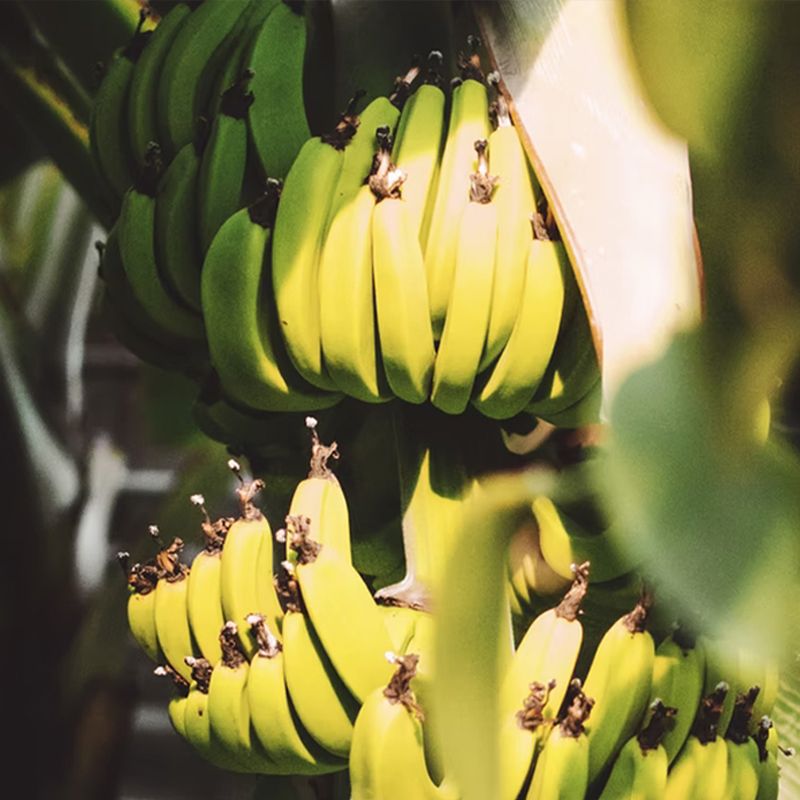
India’s banana royalty has arrived! Accounting for nearly 70% of India’s massive banana production, Mysore bananas combine subtle apple notes with classic banana sweetness. Their slightly silver-dusted skins hint at the flavor complexity waiting inside.
Remarkably resistant to drought, these hardy plants thrive where other varieties struggle. The thin-skinned fruits ripen quickly after harvesting, so eating them at peak perfection requires timing. Worth mastering for their superior taste and silky texture!
15. Ice Cream Banana (Blue Java)
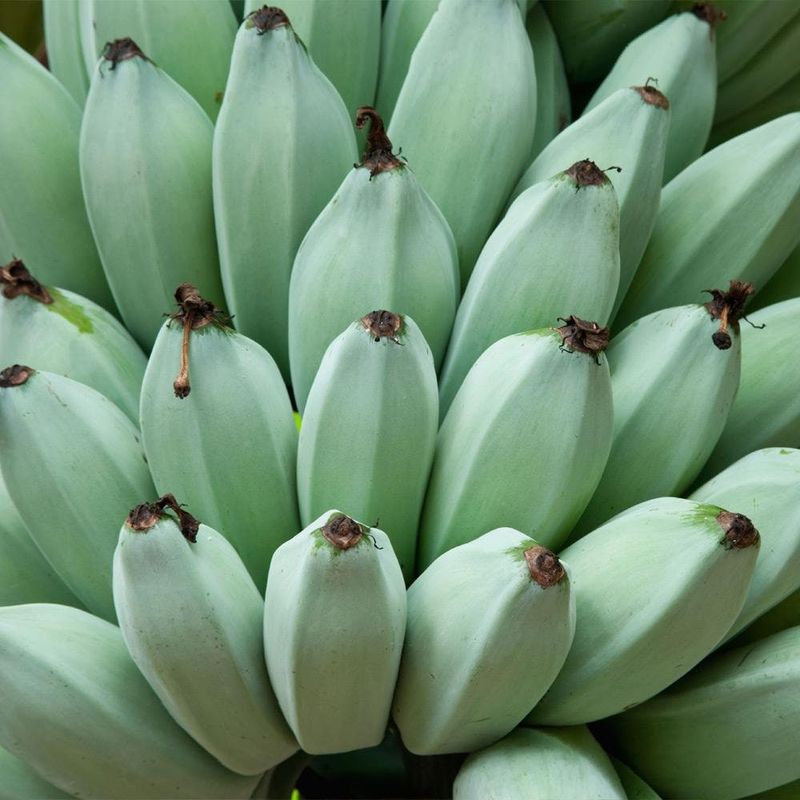
Frozen dessert without the freezer? Ice Cream bananas deliver a mind-bending vanilla custard flavor and pudding-like texture that’s uncannily similar to melting vanilla ice cream. Their silvery-blue unripe skins create garden conversation pieces.
Native to Hawaii and Southeast Asia, these cold-tolerant plants grow where other bananas fail. The flesh stays soft even when chilled, making them perfect for smoothies that don’t need added sweeteners. Nature’s dessert needs no improvement!

